-
Posts
1227 -
Joined
-
Last visited
-
Days Won
2
Content Type
Profiles
Forums
Blogs
Events
Gallery
Downloads
Store
Posts posted by heavy85
-
-
Yeah gland nut is comprssing the strut to hold in place. 425/375 springs. Since all the tracks around here are clockwise the front left seems to go first.
I'll check that other site Jon. How do you make the 36 mm Bilsteins work?
-
On second set now and significant play develops on the front struts. Talked to Koni (Lee) who said that if that happened you would see fluid leaking past seals. They are not leaking and still dampen well but you can rock the tire back and forth and feel and see the play. I've use dial indicators to pin it down to the struts themselves. What other options for stronger struts are there with performance as good as the koni? These are the SA RACE version.
Cameron
-
Still working on it. Two boys and I flew out to watch the race in June. Incredible event. May delay a year or two past 2016 but still definitely on the bucket list for the not too far future. Been mostly doing maintenance like replaced clutch and hydraulics, etc and continue to play with aero.
Last weekend trekked 1580 mile to Pa and back for the Duryea hillclimb. That is an intense hill ... 132 mph at the finish. Still some seconds left in the car but still good for 8th out of 110 cars. It will take full commitment and no margin for error to get there though. If I dont do the PP next year likely to go back. -
Do you know where the ball joints on the chassis side came from? I'm guessing they are steering tie rods off something?
-
Thats awesome find Jon. Definitely worth that upgrade as Im tired of setting front bearing and still always having a little play. Now if there was an easier rear wheel bearing setup.
BTW the Z front wheel bearings are the same size as the ones on my E150.
-
This.I ain't no expert, but for me, the rear swaybar was just a pain in the ass. And I just don't think you need it. With the torque of the V8, anything you can do to keep the rear wheels hooked up is an advantage. Anything that costs you traction in back is a liability and will land you in the grass in a heartbeat. In my limited experience, one of the hardest things about driving these cars is exercising restraint exiting corners-you can spin them at will, so you have to make sure you pay lots more attention about getting slowed before turning and getting the car straight before you pile on the right foot. If you did a lot of autocross with the L6 when you could floor it with little fear, its a whole new ballgame now-ya gotta be careful. Of course it's easy to remove or disconnect the swaybar at the track. So you can play with it and do some laps with it attached and then some with it off. I bet you can't tell a difference. So it then becomes an issue when doing maintenance, and that was when I really felt like it was in my way all the time. When you run CV axles, it gets really crowded back there.
Many moons back I ran 225/250 (or other way around dont remember), st front and rear bar, well used Tokicos, and used FA slicks and with a better driver easily could take FTD locally. Was really easy to drive and if smooth was quite fast. Once graduated to track duty eventually removed rear bar, added aero, upped springrate, etc
-
I got to thinking about how the cowl works and what it's original purpose was for. It was to be sealed around the air cleaner delivering cold air to the carb not the engine bay. If the engine bay is open to the high pressure wouldn't that cause some turbulence with the air being sucked thru the radiator, kind of like a back pressure at higher speeds?
That Im guessing is your problem. I ran the stock 240Z radiator for several years and only had cooling issues at slow speeds where the fan couldnt keep up but always rock steady at the stat setting on the highway. Hell I ran a year without a fan at all after the Spal blew up. Controlling airflow is critical. For example adding the front splitter hurt temps but sure helped lap times.
-
Yellow knob is the dual master brake bias adjuster. My fire instructions said to put the nozzles in the corner of the windows. I thought that would be not good at all if you wanted to see and breathe so put them towards the legs/feet as well and the over the shoulder one.
-
Just put it back on the ground for the first time in almost 6 months - off season in the North sucks. Lots of little tedious details that consume time getting it back together. Fitting the dash which involved much more than it seems like it should, moved the seat then nothing around it worked, moved from 5 to 6 point harness so had to add new mounts, etc. Added crank scraper and baffled pan insert and took the accusump off the pressure switch to always on. We'll see how this works out for oil control. Otherwise just some maintenance like tightening a rear wheel bearing. A Test and Tune day at the local autocross site next week the shake it our before the first race (NASA TT) at the end of the month.
Been spending more time training (that's what I tell my wife) for next year. Bought G27 set-up and R-Factor2 to practice the course in a sim. With 11 miles, 153 turns, and ~11 minute lap times that sucks up time fast. Between the sim and watching literally dozens of hours of youtube in-car videos I've now memorized the course and am working on fine tuning the details. Just bought tickets to take my sons to watch this years race. Really looking forward to seeing it in person.
-
I only ran one set of Avons but you are in the ballpark <1.5 front / < 1 rear - I kept taking out camber on bias slicks. That didnt work well at all with radial slicks. Would have to dig way deep to find pressure I ran. One thing is they were great last race of the year then after sitting over the winter were rocks the first race out ... like slower than old street tires. I couldnt make that much caster work (at least on 200 tw tires) as had an uncontollable oversteer in really tight slow corners.
-
No use for the vette reg/filter as there is already a regulator in the tank. F-body comes out throught the filter then tees off back to the tank (regulator) and forward to the fuel rail. I bought aluminum tube but thought it was too flimsy so used steel braided teflon hose (not rubber but teflon). Since I had a complete parts car I used much of it. The Camaro used aluminum hard lines.
Rebekah - been off here for a while, will update Pikes Peak thread
-
Mine is "backwards". Fits nicely and makes a natural diffuser shape. Hooks up to the filler (I cut up and modified f-body fill next in stock location). Used the f-body straps and wiring harness. Works great. Its hooked up to the stock fuel gauge which means it works backwards and empty is somewhere between the "F" and the "U" on the gauge. Dont care as its a racecar so only need to know when to add (at the bottom of the "F"). Im not exactly sure where but it still has a couple/few gallons when it starves but thats only in long turns and I'm pull 1.4 lateral g's so for vast majority would be able to run much lower without starve.
-
280ZX shift boot?
'02 Z28 shift boot. Came from the drivetrain donor.
-
-
-
Hope your whole cage is not welded like that dimpled panel is. Yikes.
Wierd the picture does make it look kinda sketchy but it is not. Welding 18 gauge to 0.095 is a challenge. Ended up turning up the heat then lots of little short welds just for the gussets. Having done this before then cutting it up later I have no concerns.
-
It was easy to melt out with small propane torch and wire brush. Found two potential root causes. The crack to the left is because of poor panel fit-up - there was from factory ~1/8" gap between the two panels. The crack to the right seemed to be tied to the rust hole. That rust hole was completely hidden by lead so on the surface there was no visible rust.
Welded up
Kitty hair filler
Now just need to sand/bondo/paint then get back to preciously scheduled programming.
The left side crack is very small in comparison so I think Ill just leave it alone.
-
I've had crack in each lower corner of the windshield for years but it 'seemed' to just be the lead and small so never really worried about it. Have windshield out from building the cage and noticed now two cracks in each corner and the newer ones seem to be growing fast. So decided to excavate and found this.
Suck. The lead is really deep there which surprised me but now how does one safely and completely remove the lead so the cracks can be weld repaired?
Cameron
-
Sounds mean! Congrats Jon. Looking forward to read about you sorting it out.
Cameron
-
-
Point taken on drysump but not yet in the cards for me.
http://www.improvedracing.com/images/testdata/Stock_vs_EGM-204.png
That graph is what has me thinking that without EPC might be better. When the pump loses prime its happens pretty quick and from a high RPM (and therefore oil pressure). If you wait for the EPC switch to trigger it may not be quick enough to keep oil pressure from undershooting too low. By having constant seconday supply oil pressure shouldnt drop so fast. Bjhines - you have data you can share which shows otherwise?
-
"For those looking for the convenience of an electric valve and the fast refill rate required in racing applications our (electric pressure control) E.P.C. electric valves are recommended. The pressure control system keeps the electric valve in the off position during times of normal oil pressure. With the valve in the off position it is able to quickly recharge the Accusump with oil pressure after discharge, thus being ready for the next oil surge. When the engine's oil pressure drops below the EPC Valve's preset level the valve opens and releases the stored oil in to the system. Like our standard electric valve the EPC valve can be wired to a remote dash-mounted switch or can be wired directly into the ignition so it will turn on and off automatically when the ignition is in the 'on' or the 'off' position."
Hmm. Sounds like just using the electric without the EPC is not recommended as the valve flows more when its turned off. This doesnt make any sense since the accumulator will start recharging as soon as the pump recovers and that would happen with the switch still on for either system. So it will be slow to refill until after the switch turns it off. It actually seems like a good feature that you want it to refill slower so the engine can build full oil pressure faster but want it to dump fast. As I read this, the best off all might just be the electric switch version without EPC.
I know there is debate if accumulators are adiabatic and therefore if there is an exponent in there but they are controlled by the ideal gas law so (assuming no exponent) Pressure 1 * Volume 1 = Pressure 2 * Volume 2. Say a 2 qt * air precharg at 7 PSI = 14. So if you use EPC valve and have say 80 PSI stored in there then the air volume would be 14/80= 0.175 qt with the remaining 1.825 qts being oil stored at 80 PSI waiting for whenever the EPC switch turns it on. Say you dont use EPC and its just open all the time, at the say 25 PSI point that the switch would have openend had it been EPC system you instead have 14/25 = 0.56 qt of air or 1.44 qts of oil stored and its only at 25 PSI as its come down as the oil preasure dropped.
What does this mean I dont know but on the surface you can see why the EPC switch system with more oil stored at higher pressure would be a good thing. However I have to wonder if you had the accumulator on all the time if the oil pressure would have even got below the switch setting in the first place? Say it takes 5 sec of sustained high G corner to lose oil pressure and assume you want to keep min of 25 PSI to keep the bearing happy, and if you are up in revs are up at the peak 80 PSI when the pump starts to starve.... then you have 1.825 - 1.44 = 0.384 qts to work with in the accumulator to supplement the oil pump. You would have to be losing almost 0.384 qt / (5 sec* 1 min/60 sec) = 4.6 qt/min through the engine for the accumulator allows the engine to get below 25 PSI. Whats a typical oil pump flowrate?
Either system you have the similar amount of oil to use but is it better to wait until the oil pressure to drop before using it or use it right away to help keep the pressure from dropping in the first place?
-
Cary - which accumulator set-up did you use on the blown up engine?
Going back through rereading this thread. Back a couple of pages ago there was debate on open vs vacuum CCV. When I had my engine rebuilt a couple years ago (broken ring land causing lowish compression on one cylinder and starting to scratch cyl wall) the head and combusion chamber looked really nice with minimal carbon buildup on anything. This was on a closed CCV system that I know consumes oil through it (see posts in this thread for more discussion).
-
Does anyone have part numbers for the right bits to convert from LS1 pan to this? Im liking the better baffling, better ground clearance, and using factory parts this option provides and am curious the cost involved.

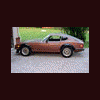
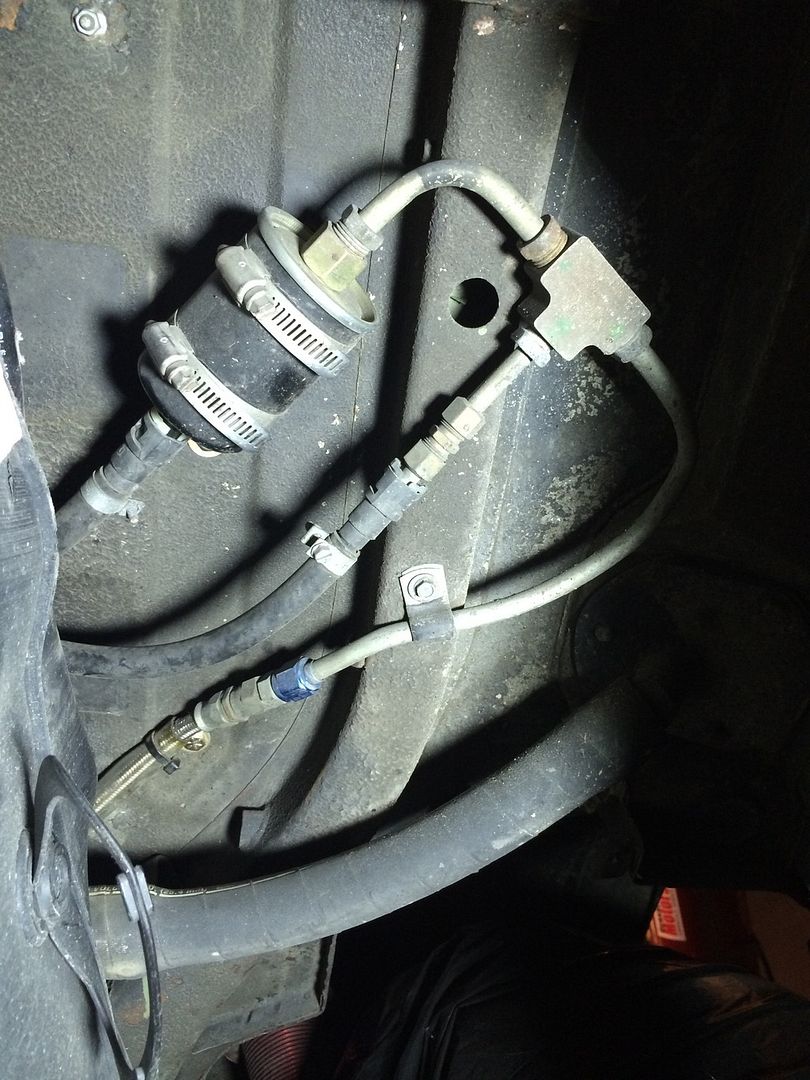
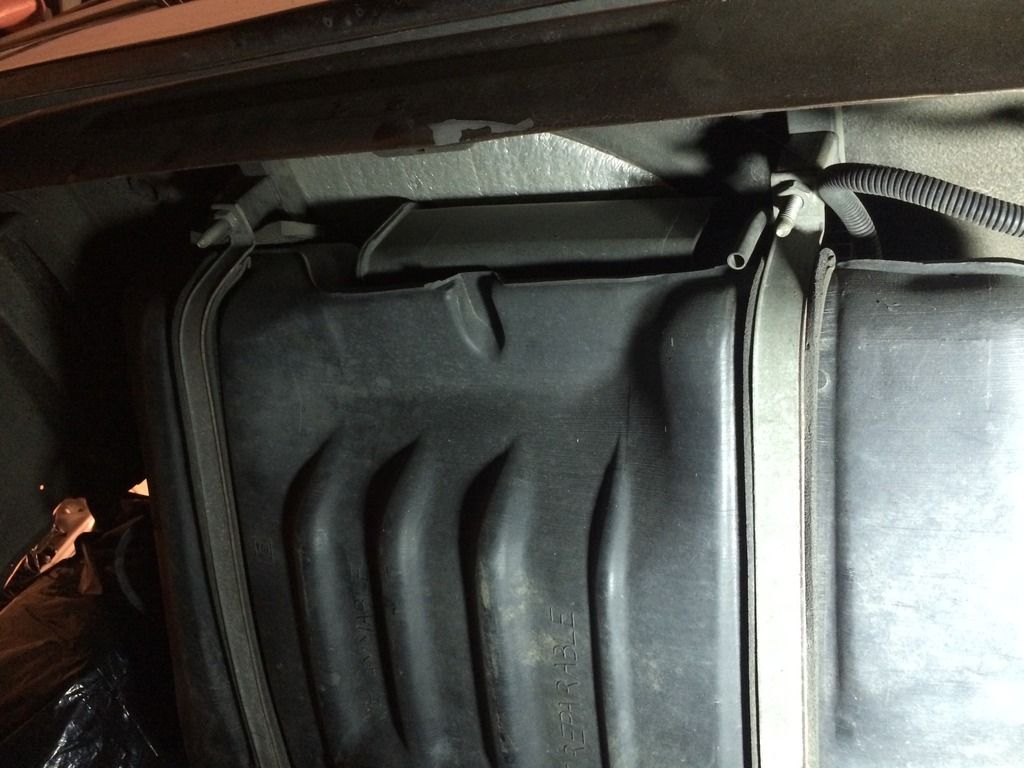
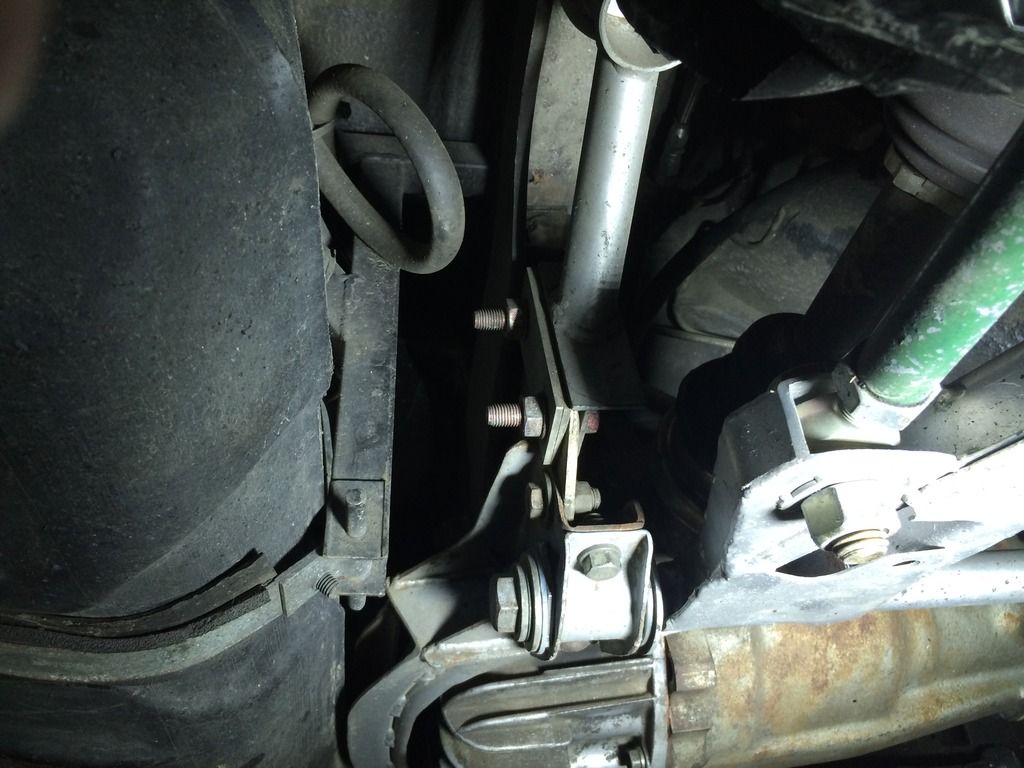
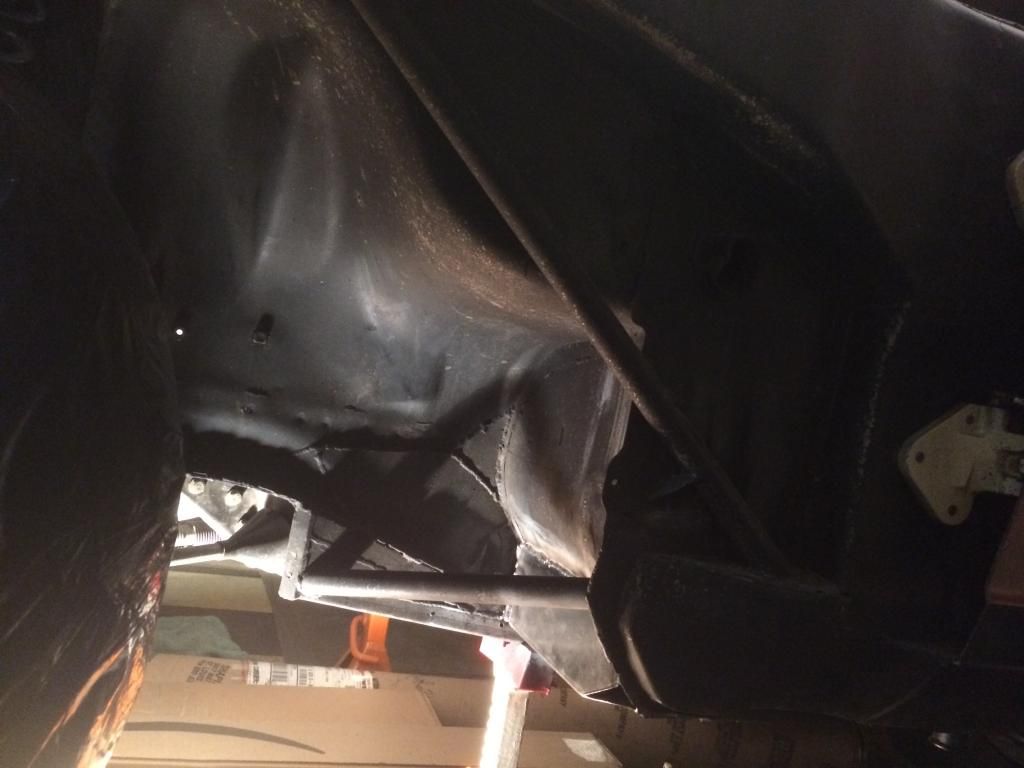
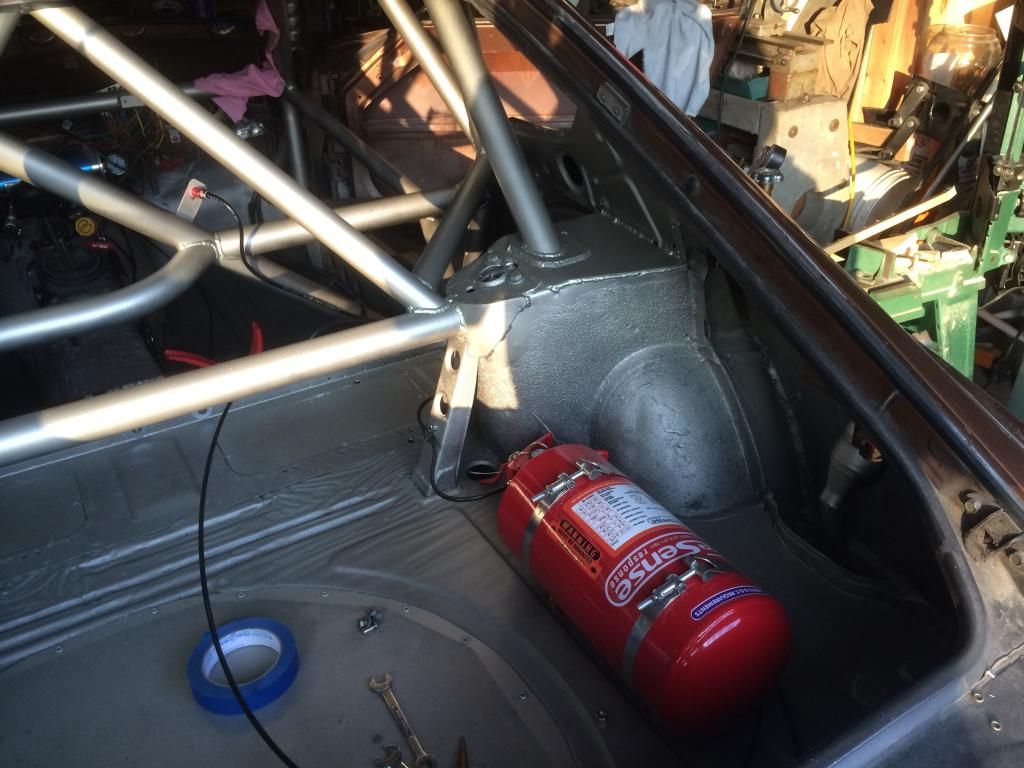
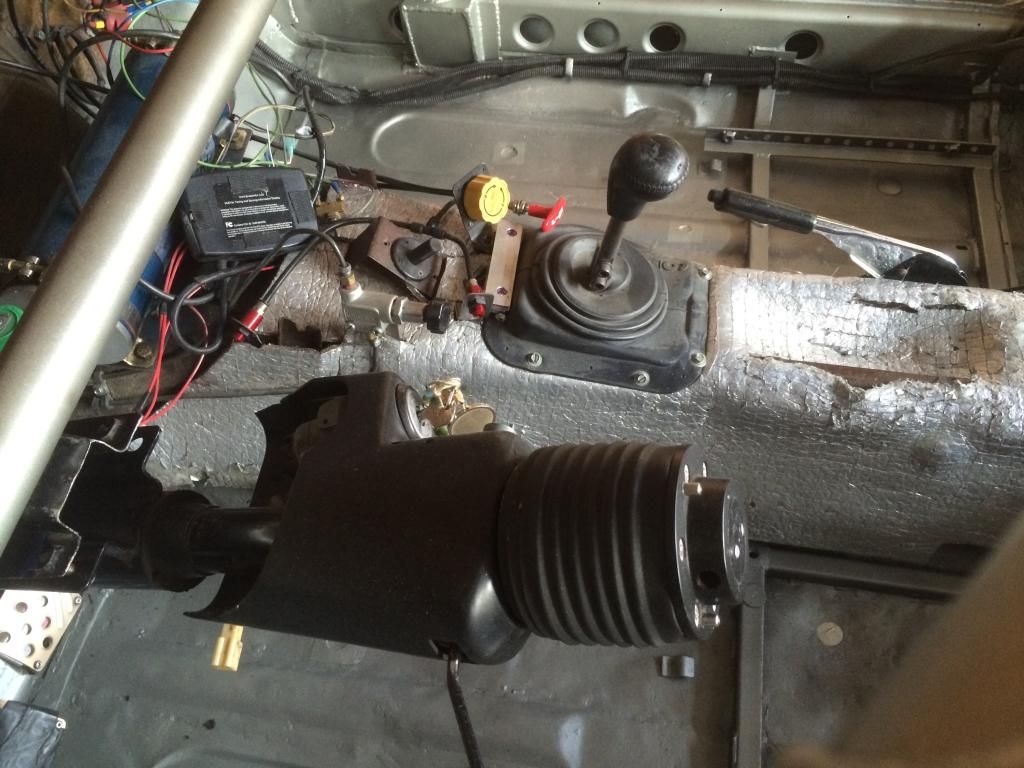

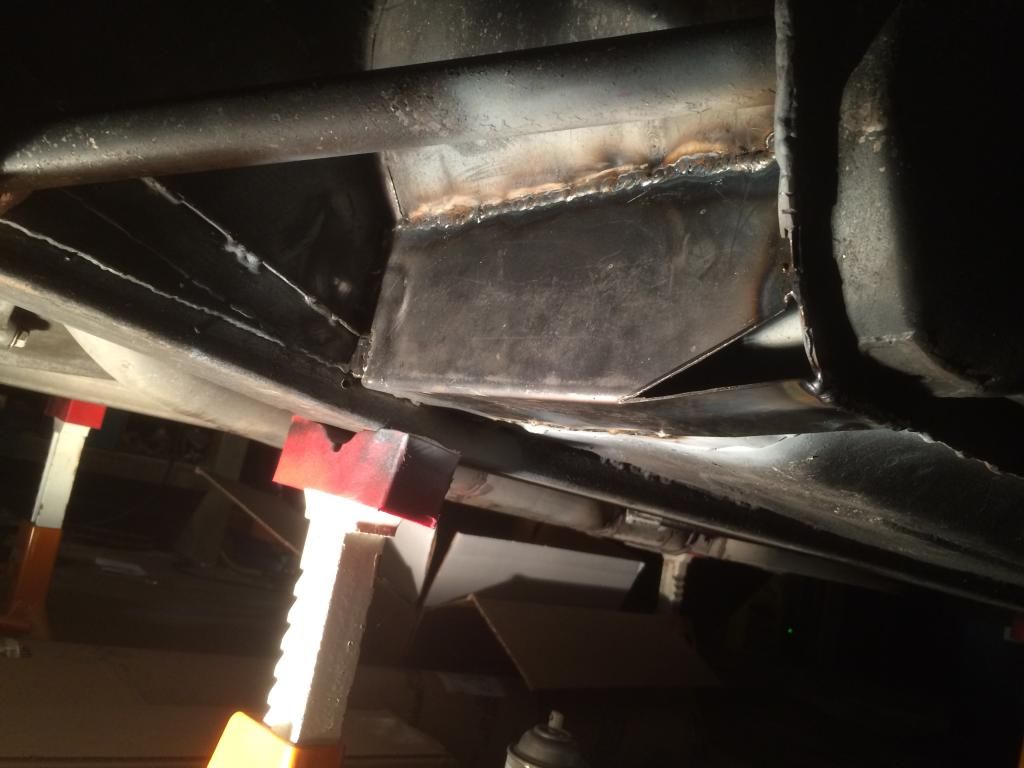
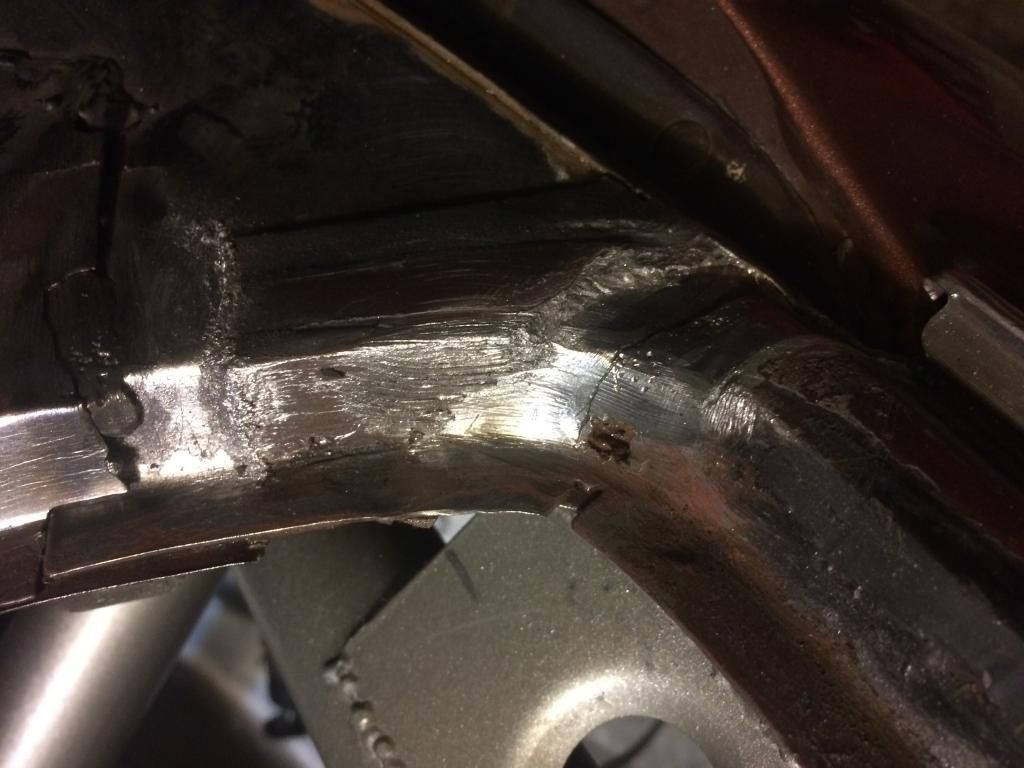
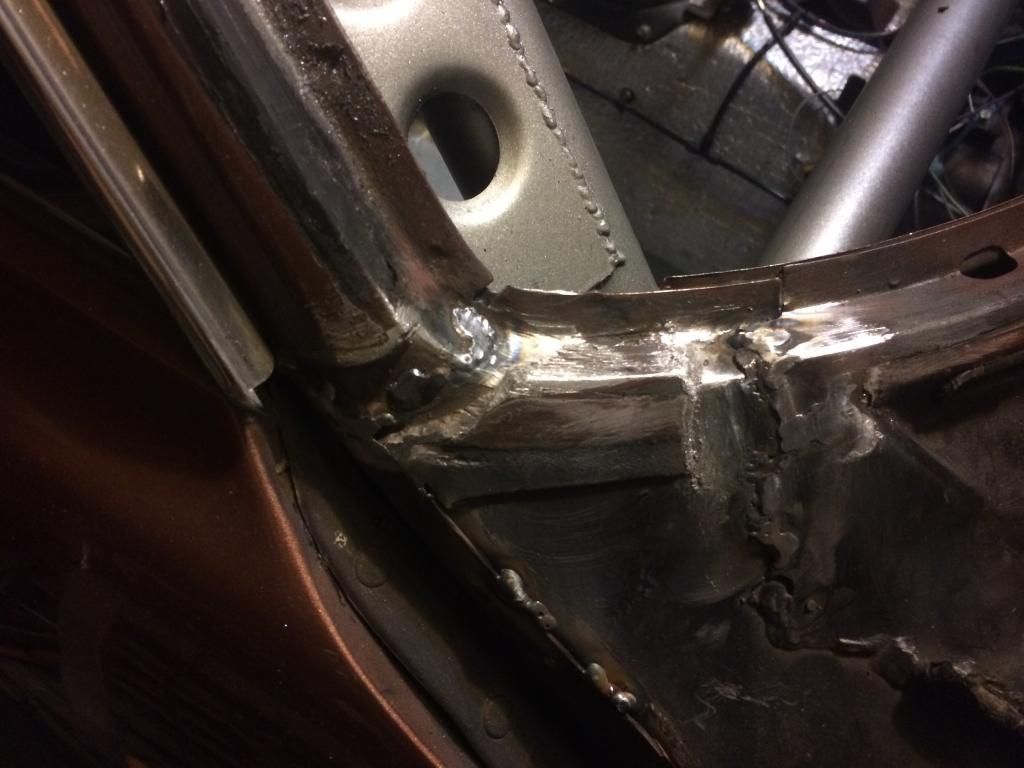
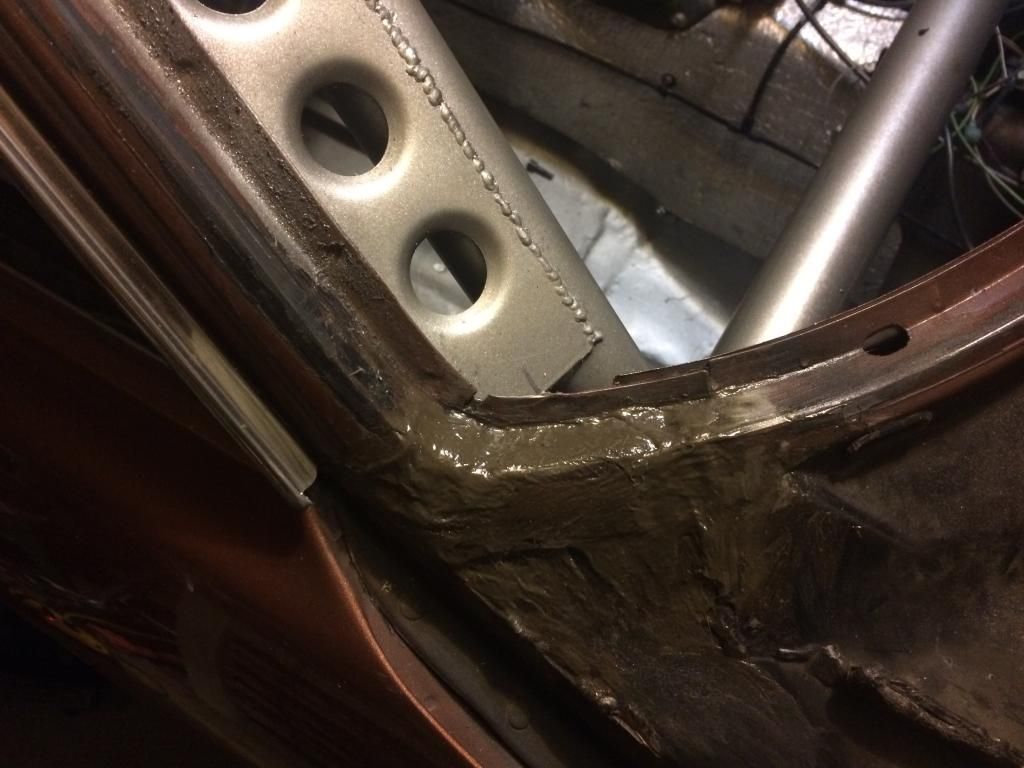
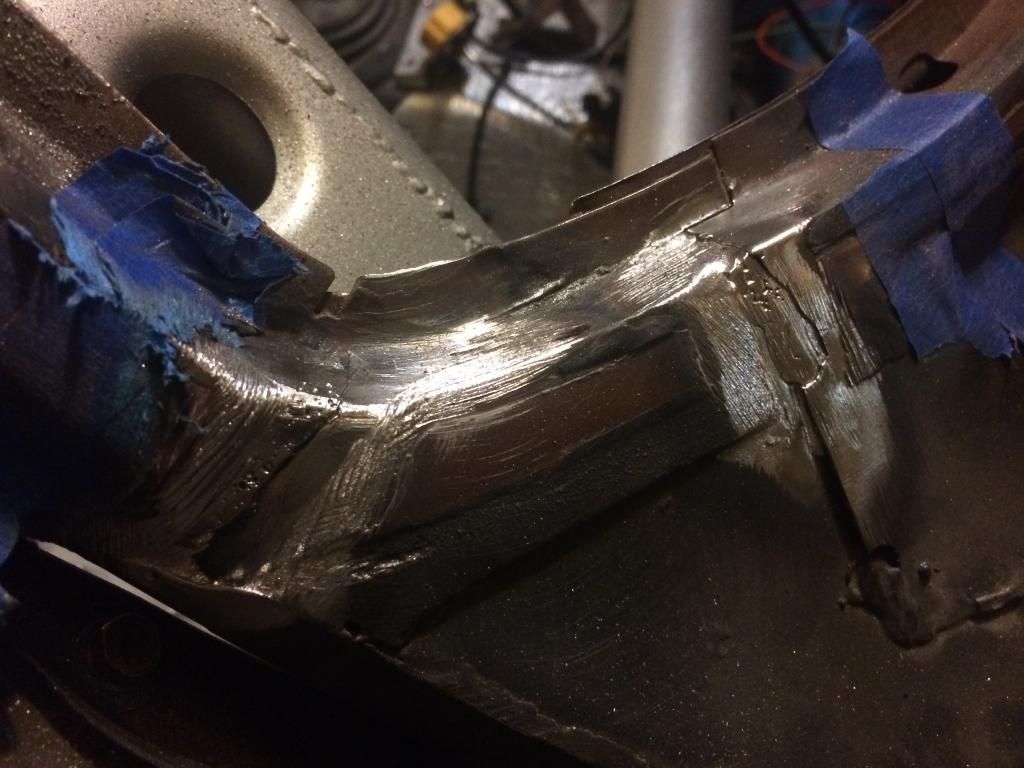
Keep wearing out Koni struts ....
in Brakes, Wheels, Suspension and Chassis
Posted · Edited by heavy85
Cary - I want details on #5. Please do share how you are getting there on a Z and dont skip on pics. To the point I can fab and am will to cut things aparts if it means I can lower laptimes.